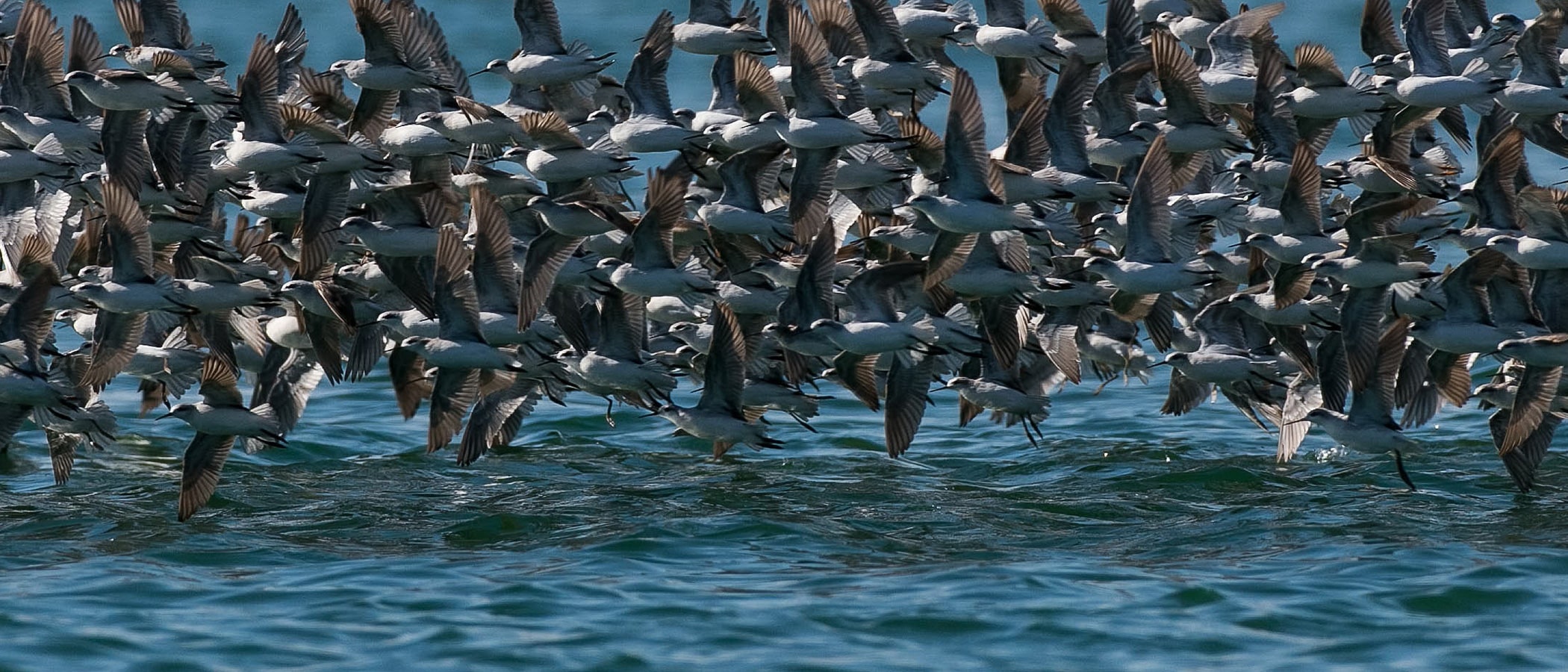
On a string of August nights, a team of researchers from the science non-profit Oikonos Ecosystem Knowledge* successfully captured, tagged, and released seven Red-necked Phalaropes and four Wilson’s Phalaropes at Mono Lake. Ten of the 11 birds have been detected by the Mono Lake Motus arrays so far. Even more thrilling, four individuals have already departed the lake and their journeys are unfolding in real time.
This effort, years in the making, marks another significant moment in our understanding of how these migratory birds use Mono Lake as a stopover site and where they go next.
However, tagging phalaropes isn’t easy—they are wary birds that spend most of their time on open water and are skilled at evading capture. For years, researchers attempted to catch them with limited success, but this year, everything came together. Using hand nets from a boat under the cover of darkness, the team finally cracked the code. It was a hard-earned success that involved long hours, careful timing, and quite a bit of lake-bound patience.
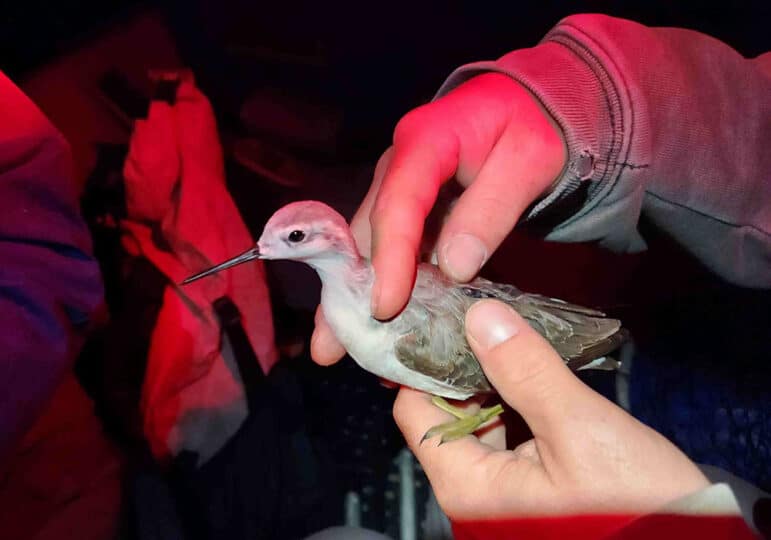
The tags that the team deployed are nanotags—tiny, lightweight radio transmitters about the size and weight of a paperclip. Each tag emits a unique signal that can be detected by Motus arrays. The timing couldn’t have been better. The arrays were activated just one week before tagging began, and they’re already generating valuable data. The information we can learn through these tags will allow ecologists across the hemisphere to better understand the species and to implement management decisions that will benefit wildlife in the long run.
This tagging effort marks a national first for Red-necked Phalaropes and only the second time Wilson’s Phalaropes have been tagged at Mono Lake. These pioneering data points are already reshaping what we know about migration patterns and stopover behaviors. These observations are exciting because they provide insight into the local movements of phalaropes and will eventually contribute to a much better understanding of the behavior of these exceptional birds.
Now, for the first time, their migration can be watched as it happens, each detection a real-time glimpse into a bird’s incredible journey. You can follow these remarkable journeys yourself online at the Motus website.
One of our detections showed a Red-necked Phalarope left Mono Lake on August 3, reached the Channel Islands off Southern California by midday, and then continued to the Salton Sea, where it remained for over a week. You can follow this bird’s journey here.
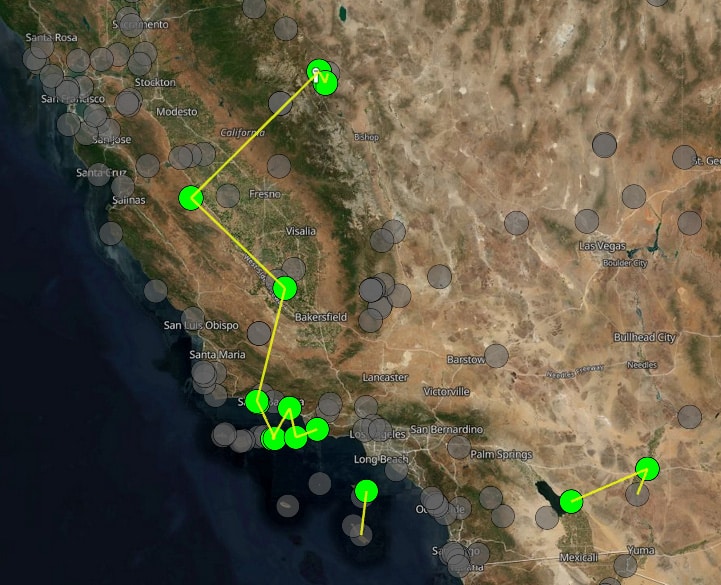
Another Red-necked Phalarope headed west on August 1 and was detected two days later at the Colorado River Delta in Baja California. Track that bird here.

A juvenile Wilson’s Phalarope flew from Mono Lake to the Arizona/New Mexico border on the night of August 1, and then continued into Mexico, where it was last detected near Durango on August 4. Track that journey here.
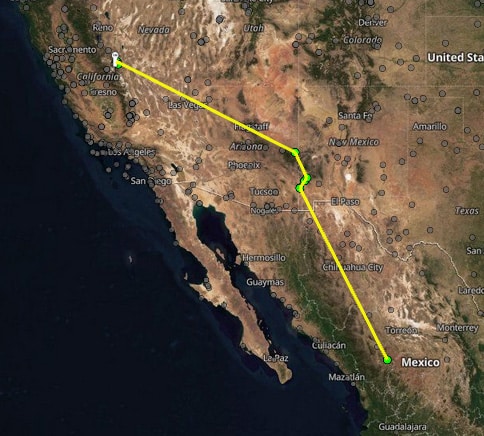
We’ve long known that phalaropes leave Mono Lake and eventually reach coastal or inland saline lakes, but these detections will reveal how fast they travel, what routes they choose, and where they pause along the way. This is information that’s never been available at this scale before and it will help us better understand how long individual birds remain at Mono Lake, providing new insight into how the lake supports them during migration.
We are incredibly grateful to the Oikonos team for their dedication, long nights, and deep knowledge of these birds, and all supporters whose dedication has brought this milestone within reach. We are thrilled to see our newly installed Motus arrays already contributing to research and every new detection reaffirms Mono Lake’s critical role as both a stopover and a sanctuary, a saline oasis guiding the journeys of migratory birds across the hemisphere.
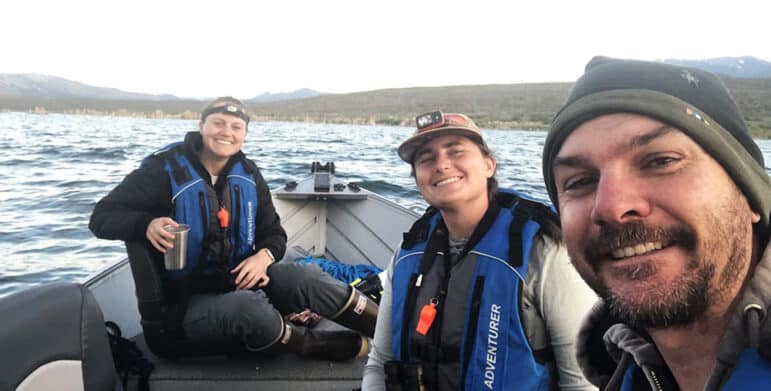
Top photo courtesy of Ron Ozuna.
